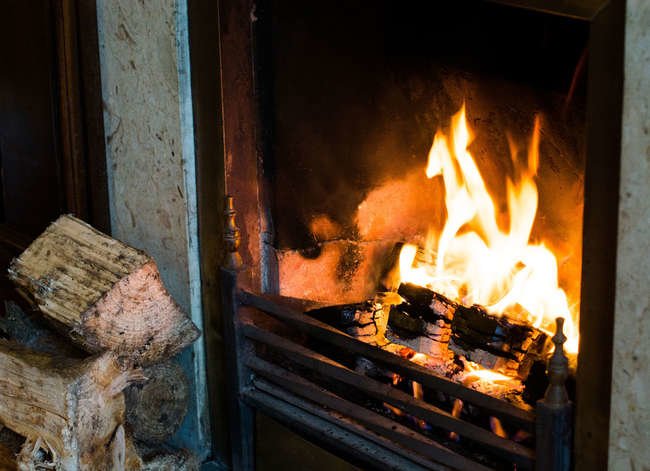

We may earn revenue from the products available on this page and participate in affiliate programs. Learn More ›
Home Advice You Can Trust
Tips, tricks & ideas for a better home and yard, delivered to your inbox daily.
Make Sure Street Numbers Are Visible
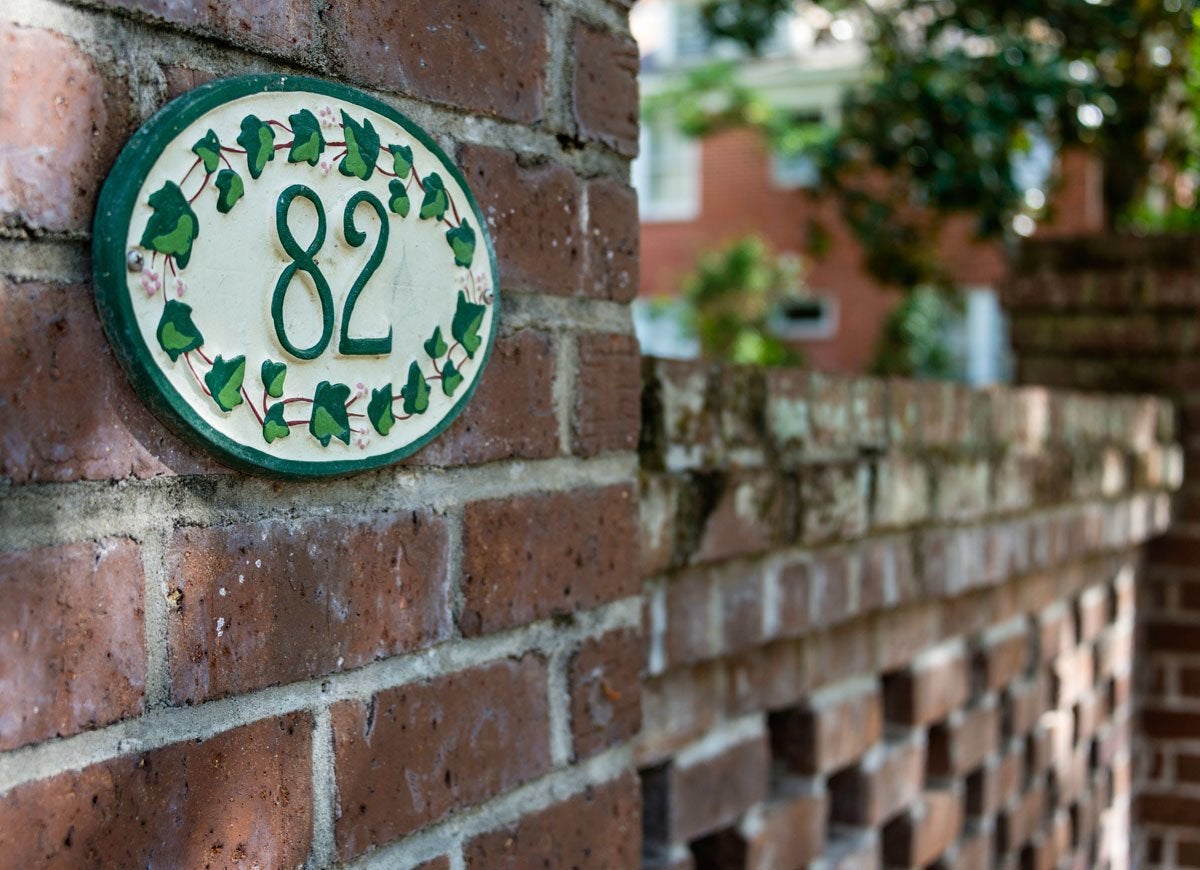
In the event of an emergency, firefighters and other first responders need to find your home quickly. The Austin, Texas Fire Department reminds everyone to make sure that house numbers are at least four inches tall, visible from the street (even at night), and completely unobstructed from all angles. Remember: Firefighters sit higher up in their vehicles than drivers of regular automobiles, so when you’re checking your house numbers be sure to clear off any hanging foliage.
Practice Fire Drills Regularly
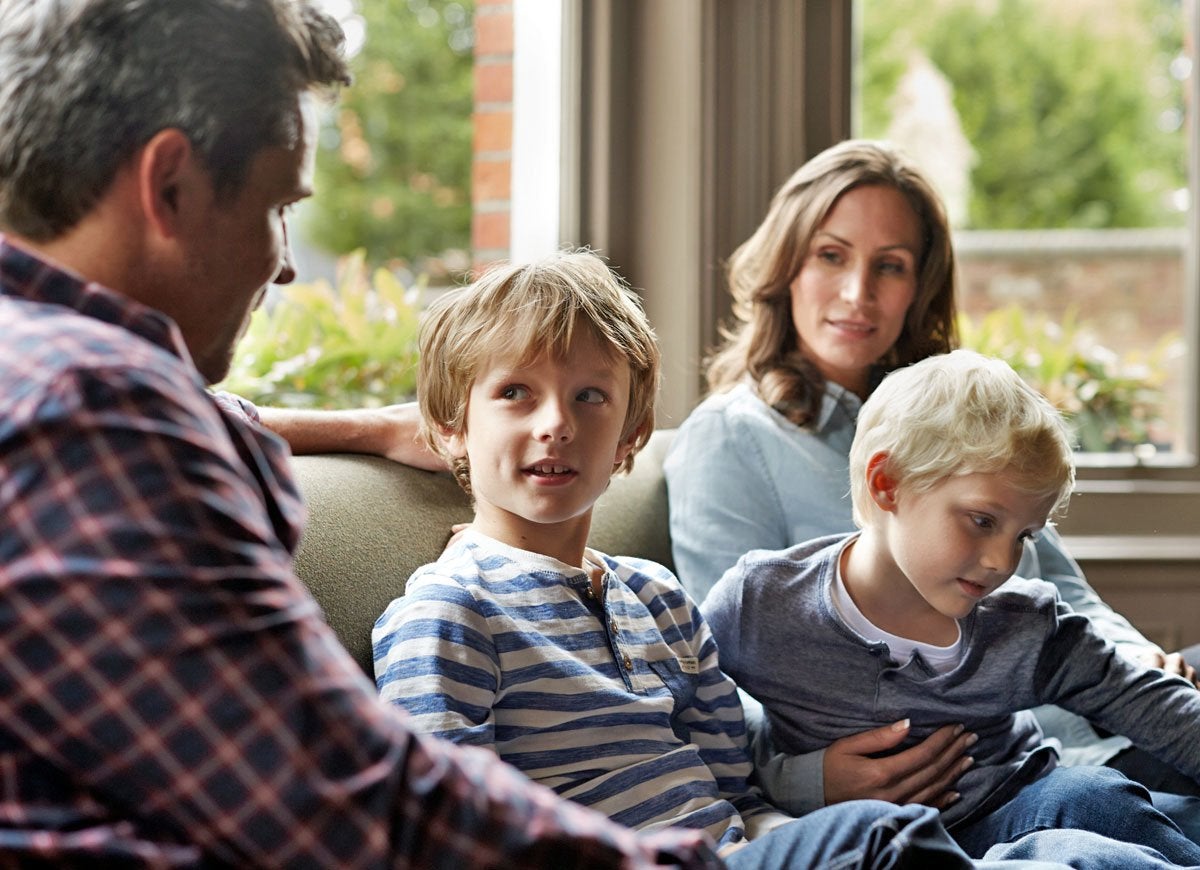
Fire drills aren’t just for your office or school—they’re important for families too. Review the emergency exits in your home with your family and make an escape plan, then practice. The New York City Fire Department recommends beginning your drill in sleeping areas, with the lights out. Everyone should practice crawling low on hands and knees through the emergency exits and should then proceed to an assigned meeting place outside.
Inspect Extension Cords
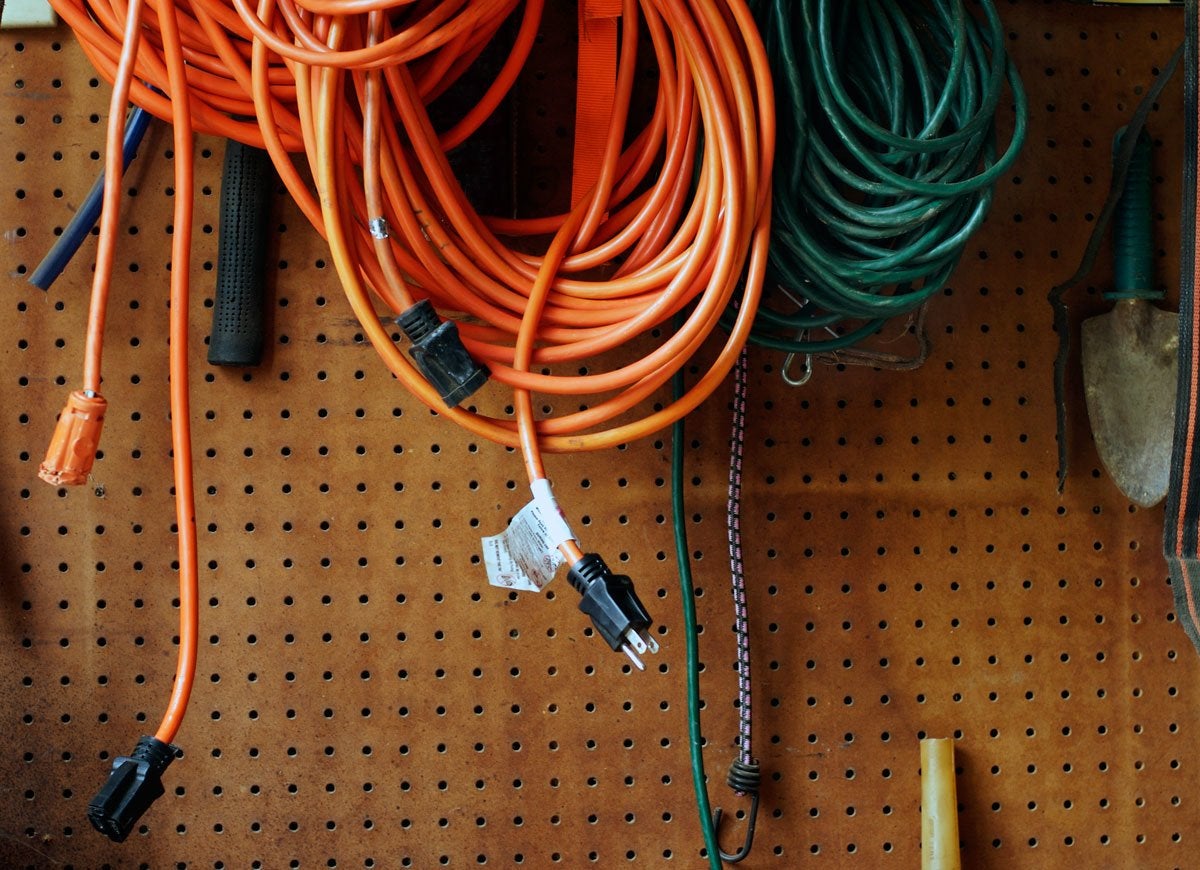
Over time, extension cords can take a beating, and damaged ones pose a fire and electric shock hazard. Inspect yours and discard any that get hot with use, or that have a cord or outlet strip that looks damaged. Make sure cords aren’t being pinched behind or beneath furniture and that the cords you’re using are properly rated for the job.
Let Coal Cool Thoroughly
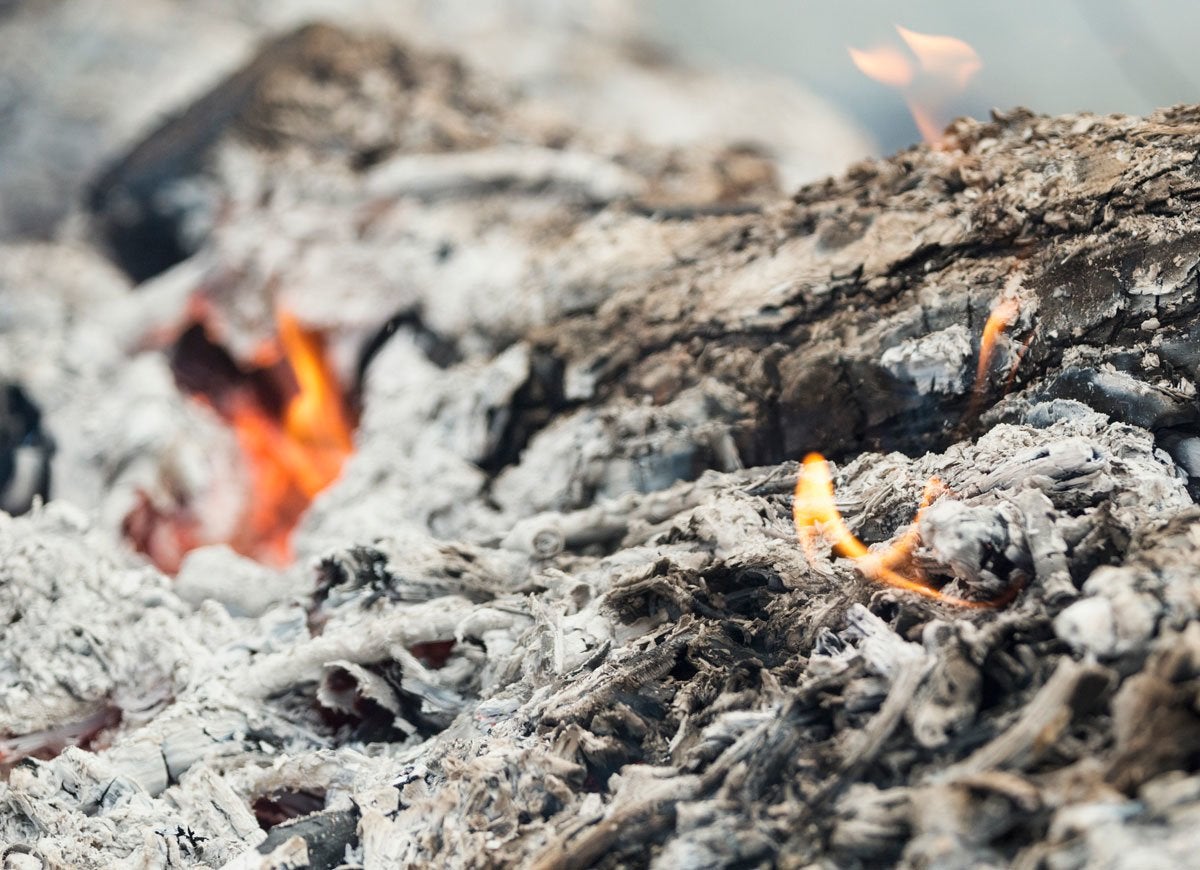
According to the Montgomery County, Maryland Fire Department, many people don’t realize how long it takes for ashes to cool before they can be safely disposed of. Cooling time depends on the size of the fire, how hot it burned, and how much unburned fuel is left. The safest thing to do is to treat all ashes as if they’re still burning. Put them in a metal container, then close with a tight-fitting lid. Let them cool outside at least 10 feet from your home, outbuildings, deck, or other neighboring buildings.
Help Prevent False Alarms
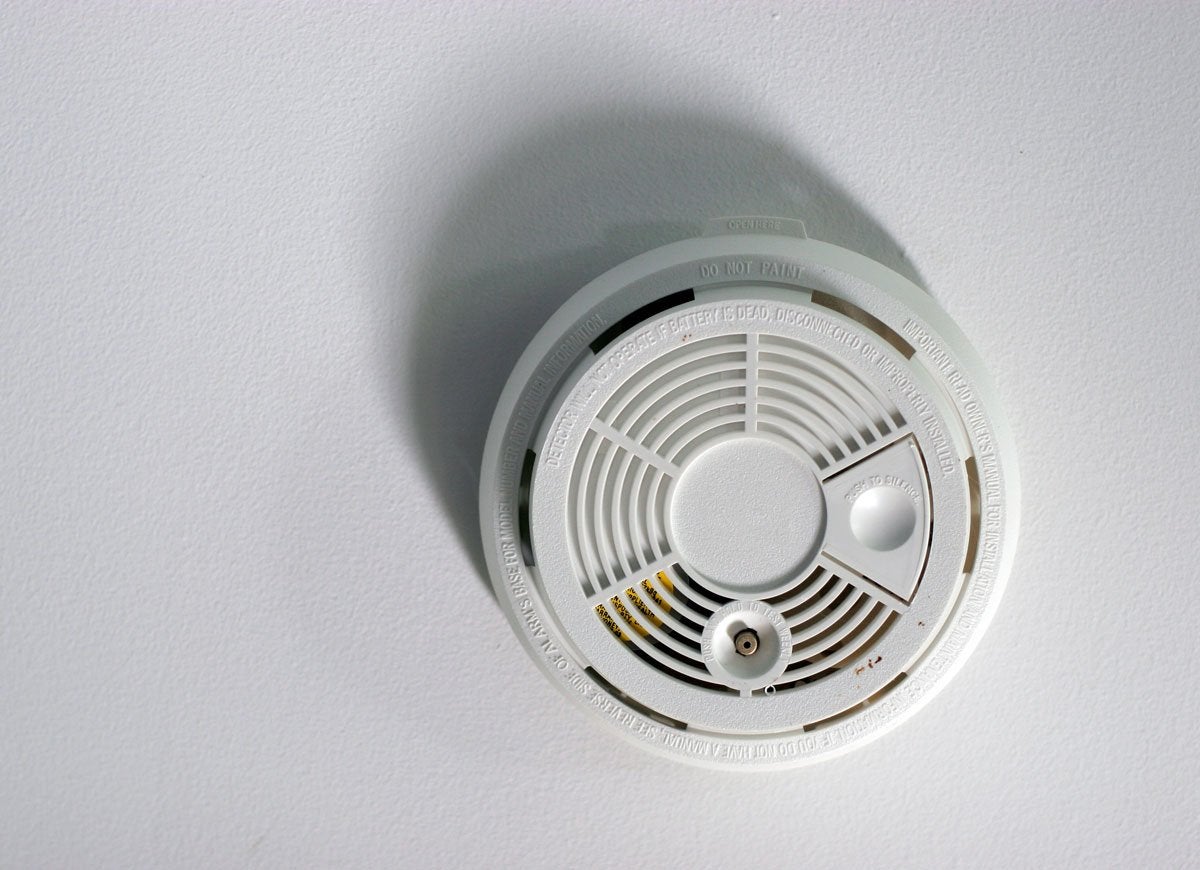
You should always call the fire department in the case of an emergency, but false alarms can cost firefighters valuable time and money. Make sure your fire alarm system is installed by a licensed professional, test it monthly, and keep it clean of dust and debris. If you have a fire alarm monitoring service, let them know in advance of any testing or repairs.
Give Space Heaters Some Space
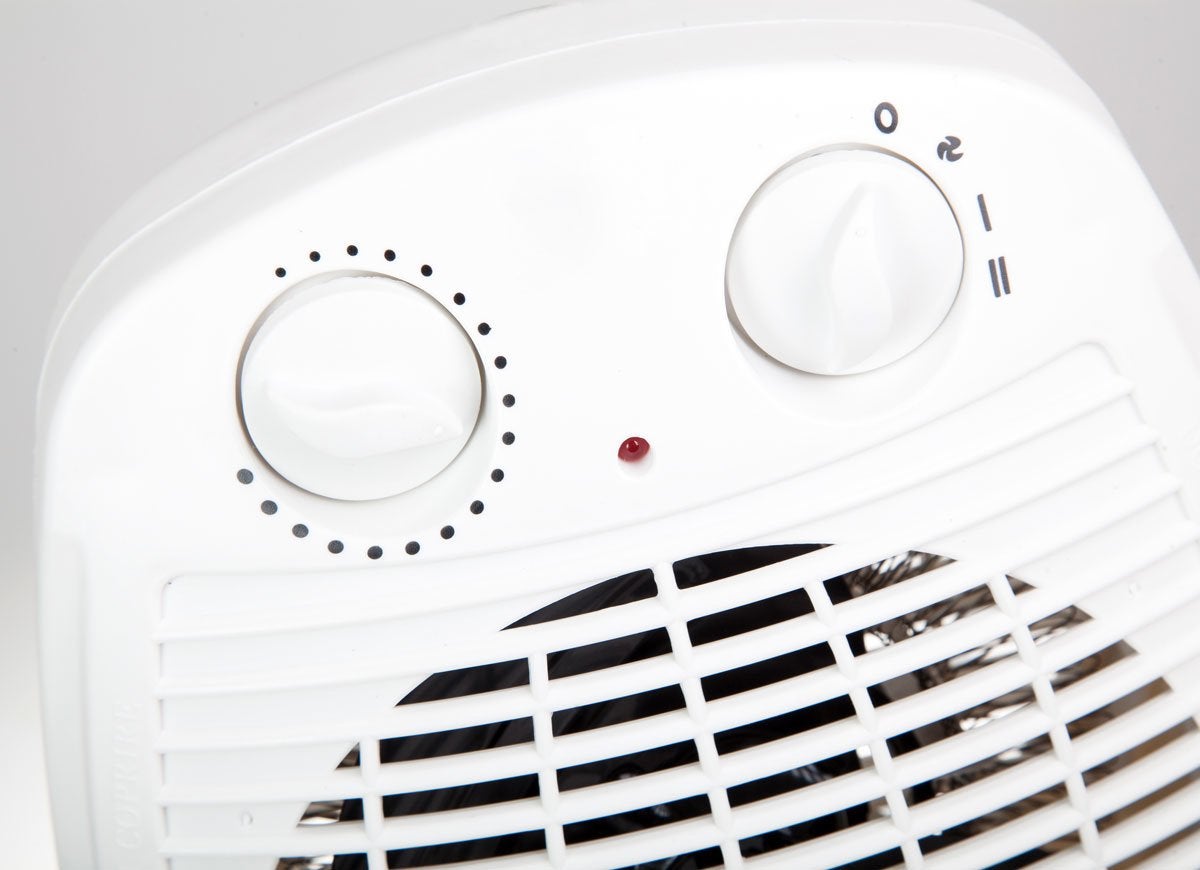
Space heaters can warm up a room on a chilly night, but they pose some serious risks if you’re not careful. The fire department of Clark County, Nevada, says it’s critical to give space heaters at least three feet of clearance on all sides. Never leave a space heater unattended, and always keep children and pets at a safe distance.
Use the Proper Fuel in the Fireplace
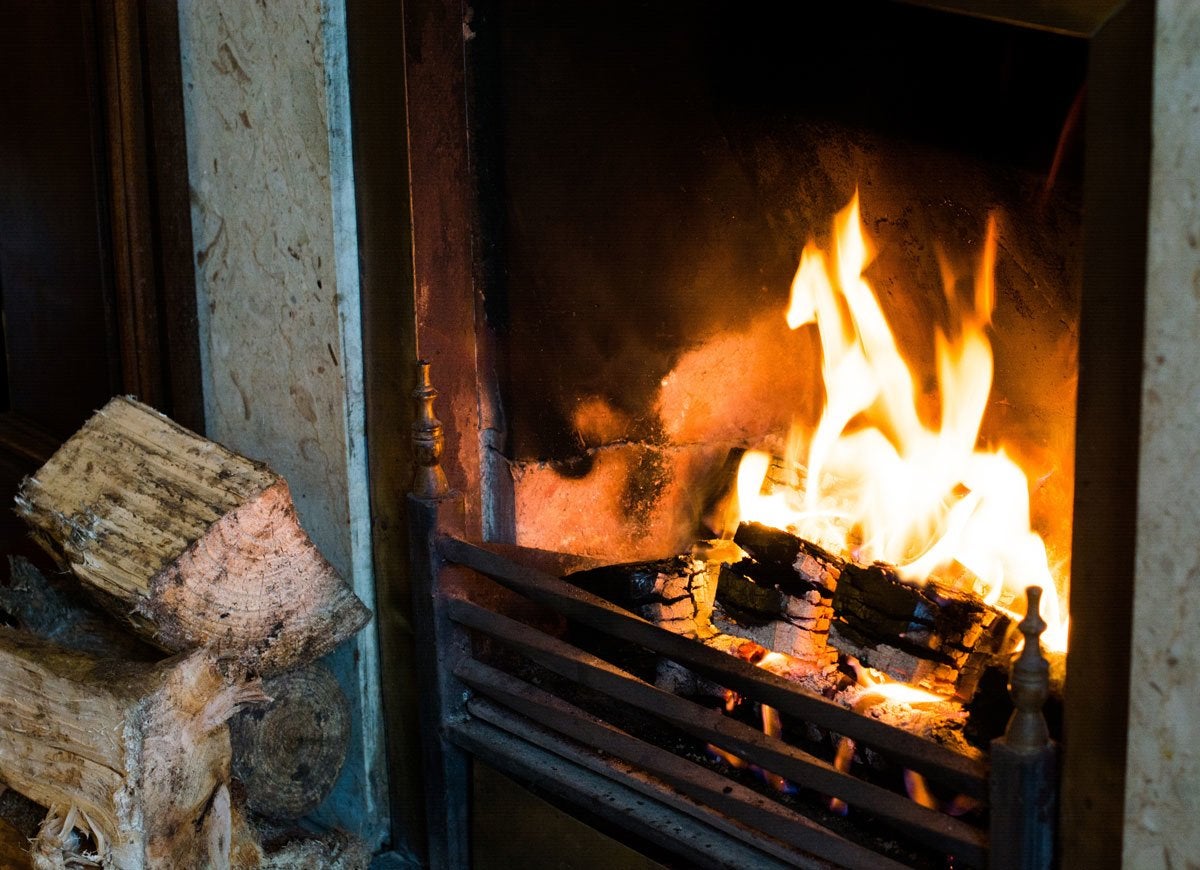
The Fargo, North Dakota, Fire Department advises never to burn trash or paper in a fireplace. Tiny particles of ignited paper can actually float up your chimney then onto the roof and into the yard, posing a severe fire risk.
Get the Right Fire Extinguisher
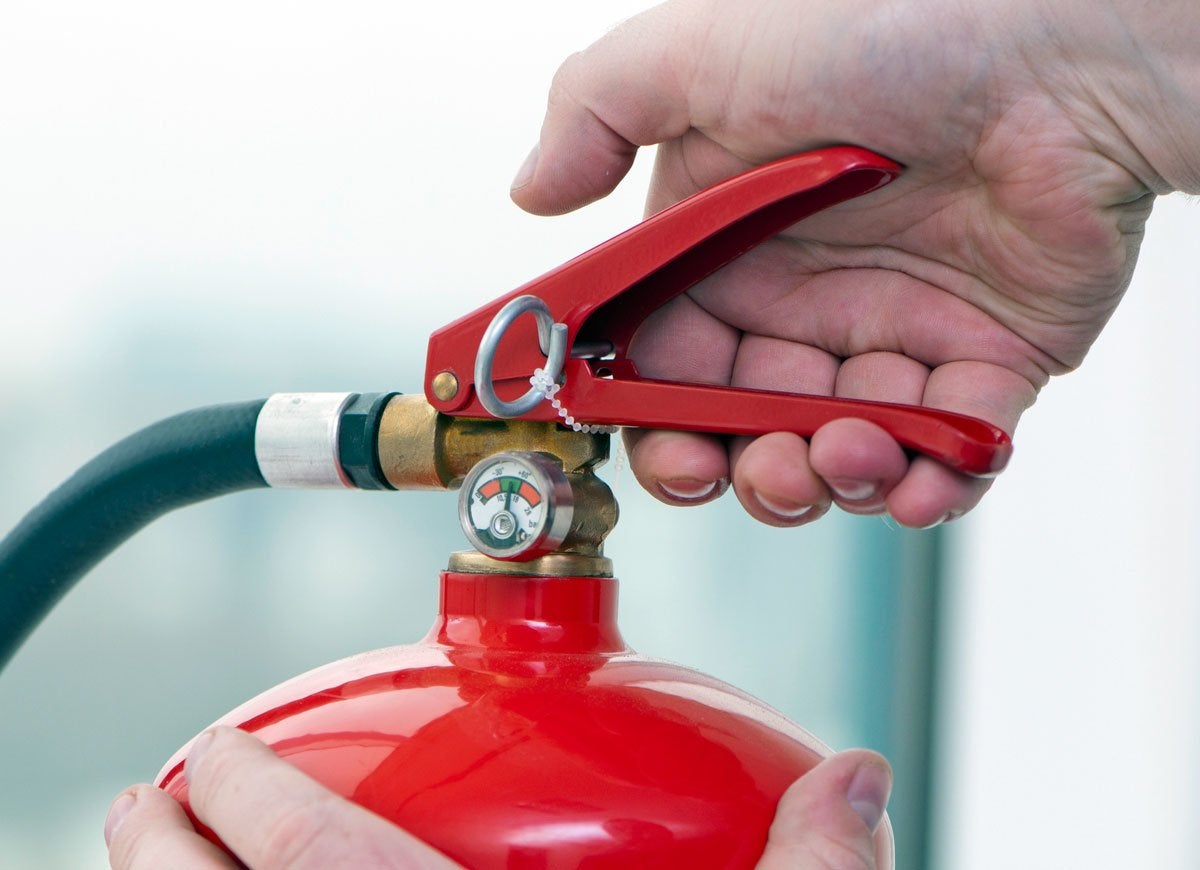
The recommended extinguisher for the home is a 2-1/2 pound Class ABC multipurpose dry chemical extinguisher, according to the Austin, Texas, Fire Department. This model of extinguisher can be used to put out many types of fire, including those involving wood, paper, plastics, liquids, electric appliances, or electrical outlets. If you keep an extinguisher in the kitchen, place it near an exit and at least six feet away from the stove.
Learn How to Use It
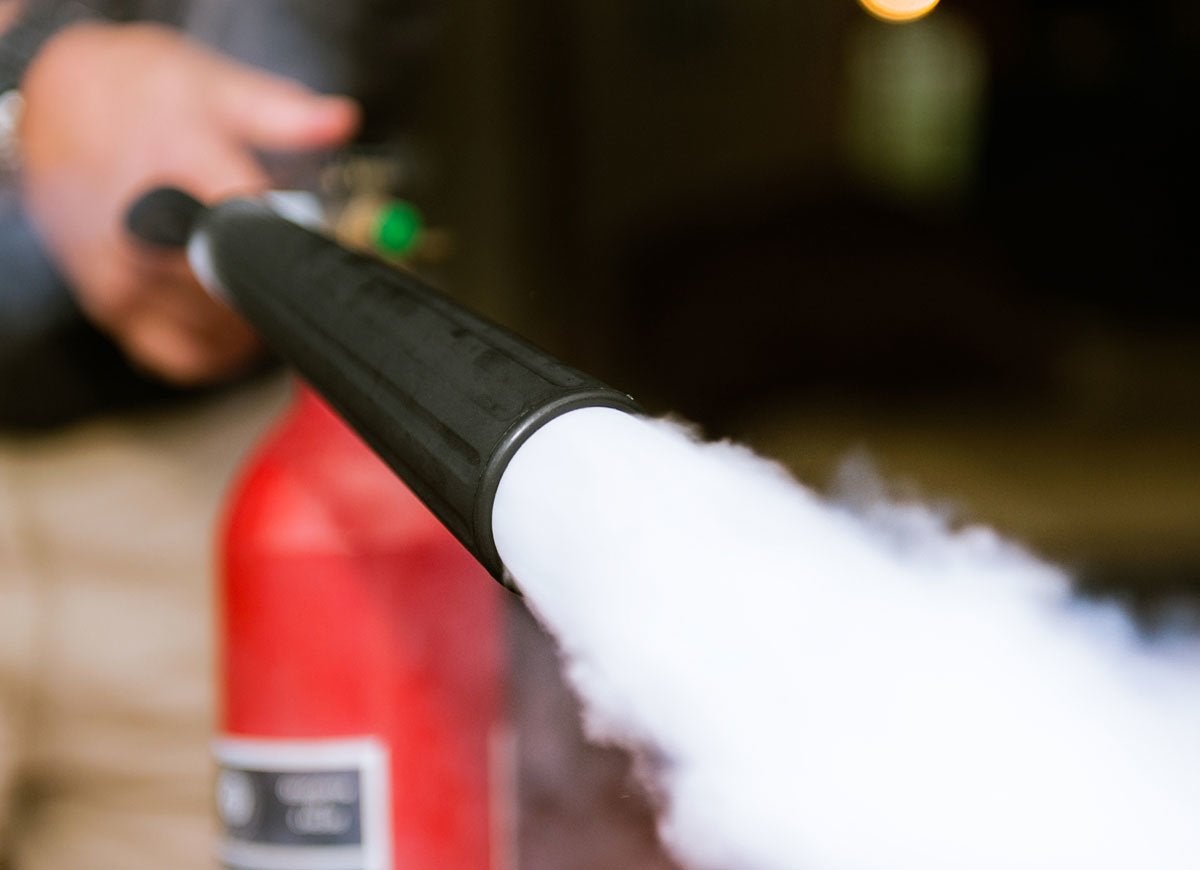
Once you have the proper fire extinguisher, make sure you know how to use it. Review the operating instructions for each fire extinguisher you have. A simple acronym, PASS, can help you remember how to operate most fire extinguishers. PASS stands for Pull the pin, Aim at the base of the fire, Squeeze and hold down the handle, and Sweep from side to side and front to back.
Inspect Gas Grills Annually

Nothing compares with food fresh off the grill, but there’s one very important precaution the fire department of Portland, Oregon, wants the public to take at least once a year: Check the gas tank hose for leaks. To do this, simply apply a light soap-and-water solution to the hose, then open the valve to the propane tank. If there’s a leak, you should see bubbles appear at the compromised portion of hose—in which case, close the gas valve and do not use the grill until the necessary repairs have been made.
Fire Safety 101
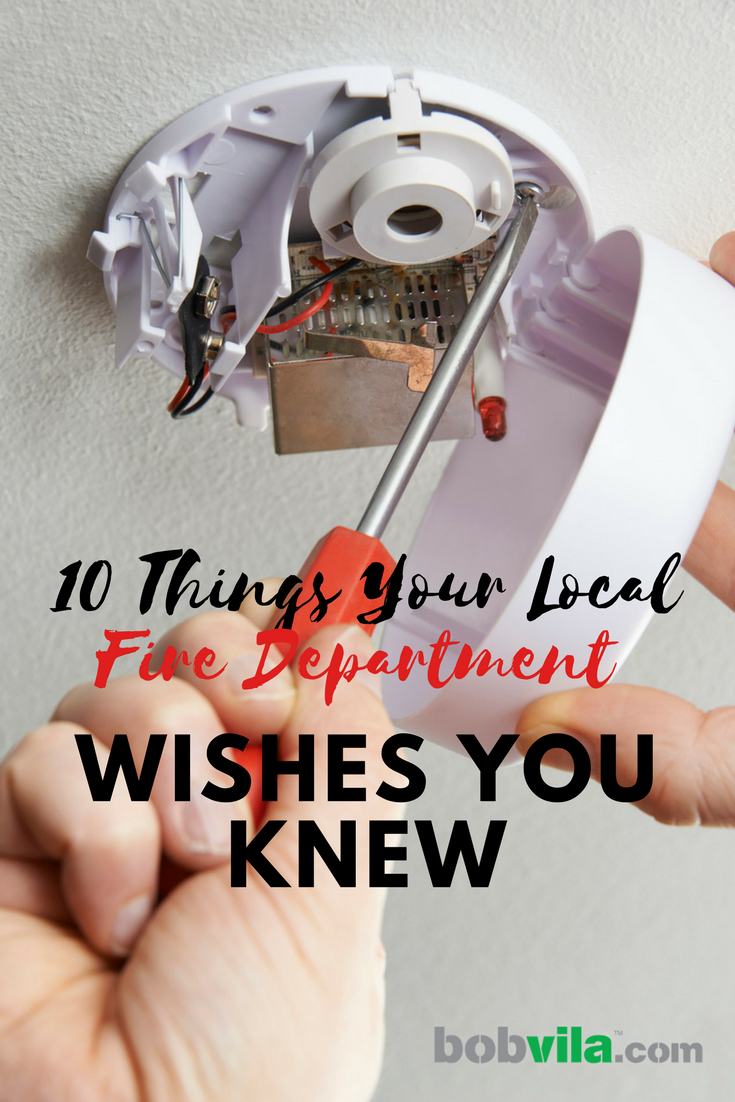
These safety measures will help your household be prepared incase there is an emergency. For added precaution, take a survey around your home for possible fire hazards. It’s often everyday objects and activities that spark a blaze, but these situations can be prevented if you’re aware of the lurking dangers.

Meet the 2025 Tools of the Year
After months of scouring the market and putting products through their paces, we’ve named the best of the best in new tools. There’s something for everyone, from veteran pros to average Joes.